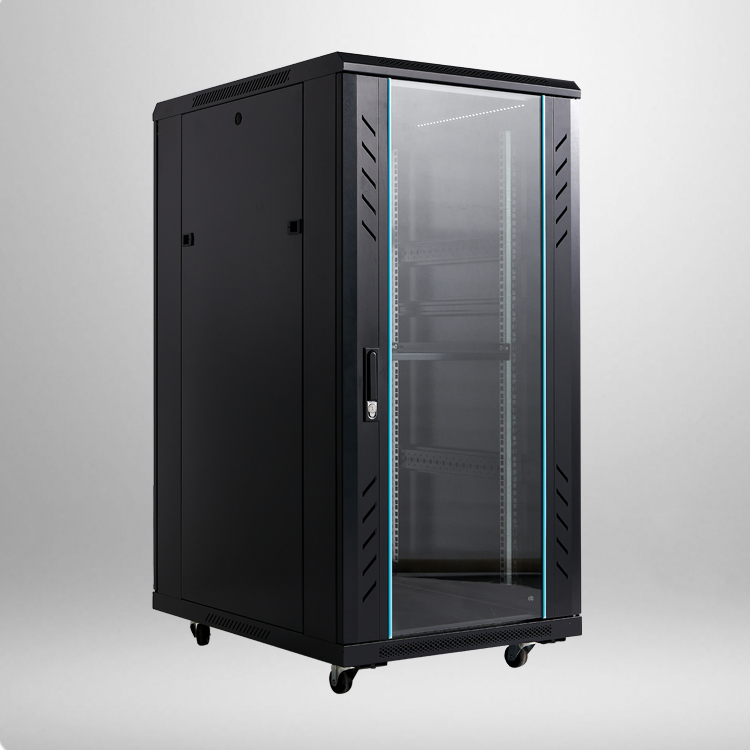
A network server cabinet is an essential component of any IT infrastructure, providing a secure and organized space for servers, networking equipment, and other critical components. One important feature that can greatly enhance the functionality and performance of a server cabinet is ventilation.
One of the primary advantages of a ventilated network server cabinet is improved airflow. Servers and networking equipment generate a significant amount of heat, and if not properly ventilated, this can lead to overheating and ultimately, system failures. By incorporating ventilation into the design of a server cabinet, hot air can be efficiently expelled from the cabinet, allowing cool air to enter and maintain a suitable environment for sensitive equipment.
Heat is the number one enemy of electronic components. Excessive heat can cause damage to sensitive internal components, resulting in reduced performance, increased downtime, and even complete equipment failure. Proper ventilation helps to dissipate heat and prevent the buildup of hot air within the server cabinet. This, in turn, helps to extend the lifespan of expensive server hardware, reducing the need for frequent replacements and saving costs for the organization in the long run.
Heat not only affects the lifespan of equipment but also its performance. High temperatures can cause processors to throttle, reducing their processing speed and overall performance. Ventilated server cabinets help to maintain a consistent and optimal operating temperature, ensuring that servers and networking equipment can perform at their best. This is especially important for organizations that rely heavily on computing power and require fast and efficient data processing.
Server downtime can have catastrophic consequences for businesses, leading to lost revenue, reduced productivity, and potential damage to reputation. Overheating is one of the leading causes of server failures and unplanned downtime. Implementing a ventilated server cabinet can greatly reduce the risk of overheating, thus minimizing the chances of unexpected downtime. By maintaining a cool and stable environment, critical equipment can operate reliably, reducing the need for emergency repairs and minimizing the impact on business operations.
Ventilated server cabinets can also contribute to improved energy efficiency. Without proper ventilation, servers often need to work harder to cool themselves, resulting in increased power consumption. By implementing a ventilated cabinet, the cooling process becomes more efficient, reducing the workload on the servers and lowering overall energy consumption. This not only helps to save on electricity costs but also contributes to a greener and more environmentally friendly IT infrastructure.
Another benefit of a ventilated server cabinet is improved cable management. Proper ventilation ensures that cables do not become tangled or obstruct airflow within the cabinet. This makes it easier to identify and access cables for maintenance or equipment upgrades, reducing the time and effort required for troubleshooting and ensuring that the cabinet remains organized and easy to manage.
A ventilated server cabinet offers various benefits for organizations that rely on the performance and reliability of their IT infrastructure. By improving airflow, extending equipment lifespans, enhancing performance, reducing downtime, increasing energy efficiency, and allowing for better cable management, a well-designed ventilated server cabinet can be a valuable investment. Whether it is a small office or a large data center, implementing a ventilated server cabinet can greatly contribute to the smooth operation and longevity of critical IT systems.


